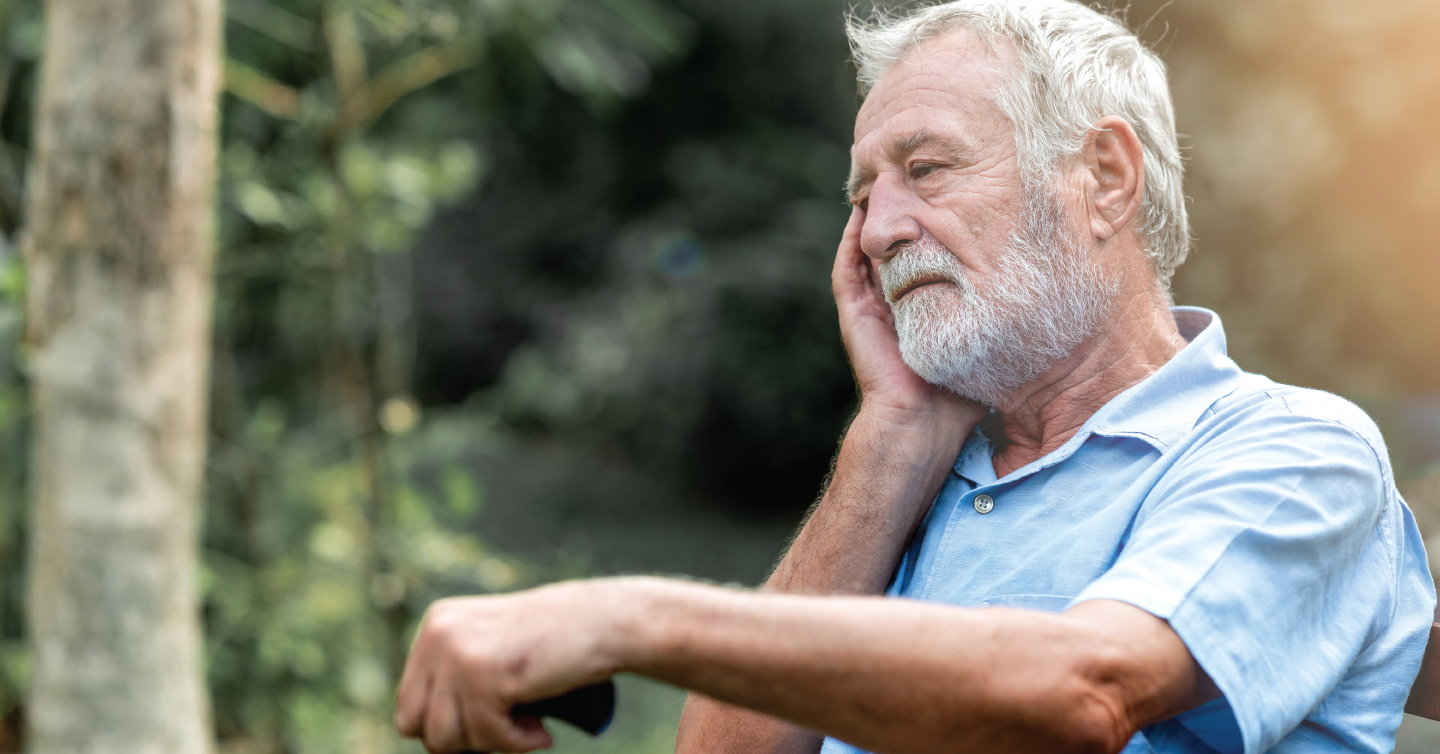Top 10 Osteoporosis Myths and the Facts You Need to Know

By Jennifer Footit-Tank RN BSN, quality care coordinator at Network Health
5/31/2024
Our bones are a living tissue that continuously generates as old bone is reabsorbed. As you age the ability to create new bone falls short of the amount that is lost. This leads to a disease called osteoporosis.
More than 50 million people have osteoporosis in the United States, and it’s estimated that a third of adults over 50 who don’t have osteoporosis still have some level of reduced bone density. This is a disease that affects many people, and unfortunately, has many myths associated with it. Let’s look at some common misunderstandings of how osteoporosis effects all of us.
Common Osteoporosis Myths and the Actual Facts About Them
Myth 1: Osteoporosis is reversible
Unfortunately, osteoporosis is not reversible. Once you have it, the next step is managing the amount of bone loss you are experiencing. Changes in activity, diet, medications and prevention of falls can help you to slow or even stop bone loss. Working with your health care provider can help you to make the best decisions for preserving your bone strength.
[Read more: Is There Anything That Can Slow Down Osteoporosis?]
Myth 2: “I already know I have bone loss, so I do not need to repeat a bone density test (DEXA)”
Bone loss is not stagnant. As you continue to age, your bones continue to get weaker. Discuss with your health care provider how often you should have a repeat DEXA to assess how much change your bones have undergone since the last scan. You may decide to change your osteoporosis treatment plan based on the results of the test. You do not need to have a bone density test every year.
Myth 3: “I would know if I had osteoporosis because I would have bone pain”
Osteoporosis is often referred to as the “silent disease” because you don’t know that your bones are weakening until you sustain a fracture. Sometimes the first clue is that you are losing height or developing a curve at the top of your spine.
Myth 4: Osteopenia is not that bad… at least it’s not osteoporosis
Osteopenia is the beginning stages of bone loss, and it is important to make changes now to prevent it from worsening into osteoporosis. Incorporating exercise, a calcium rich diet, having a DEXA scan routinely and working with your health care provider can keep your bone loss minimal.
Myth 5: Osteoporosis is a normal part of aging
Some bone loss is a normal part of aging, but osteoporosis is not. Untreated osteoporosis leads to brittle bones making you more susceptible to fractures, height loss of up to 1.5 inches, shortness of breath, hunched over posture or low back pain.
Myth 6: Drinking milk every day is all the calcium you need
Make sure to get your calcium quota every day. Calcium sources come in a variety of options. Dairy products, greens such as spinach or broccoli, tofu, salmon, pinto or black beans, prunes or figs, calcium fortified food such as cereal or orange juice, or a calcium supplement. Make sure if you are a woman over 50 or a man over 70 that you are getting 1200 mg of calcium and 400 – 600 IU of vitamin D per day.
Myth 7: Breaking a bone is not so bad… it happens to everyone
Breaking bones is very serious. Not only is it physically painful but can result in emotional and mental health challenges as well due to loss of mobility and independence. Recovery can take months, require surgery or weeks of therapy and changes in lifestyle. Osteoporosis fractures do not have to be caused by trauma. They can happen by simply bumping into something, bending or even coughing.
Myth 8: Only weight bearing exercise can improve bone strength
Weight bearing exercises such as walking or running use gravity resistance to improve bone health. Consider using resistance bands or lifting weights to provide benefits. Exercises to improve balance are tai chi or yoga. All of these exercises will improve your core strength and build muscle to help prevent falls. You can find more ideas for exercise on our Grow in the Know resource.
Myth 9: Only older women get osteoporosis
Osteoporosis affects men and women of all ethnic groups and ages. Currently 54% of the US population over 50 years of age has osteoporosis in the United States per the National Institutes of Health (NIH). Women tend to start bone loss around age 50 and men around age 70.
Myth 10: “No one in my family has osteoporosis, so there’s no need to worry”
Family history is one of the risk factors for developing osteoporosis. Other risk factors include the following.
- Long term use of certain medications
- Lifestyle choices such as low activity level, smoking, or heavy drinking of alcohol
- Being overweight or underweight
- Diet low in calcium beginning in childhood into older adulthood
- Changes in estrogen levels for women and testosterone levels in men
- Certain medical conditions such as thyroid disorders, rheumatoid arthritis, celiac disease, weight loss surgery or blood diseases like multiple myeloma.
After reviewing all of these myths the most important fact is working with your personal doctor during your yearly wellness visit to discuss what your bone health needs are and developing a plan for you to remain fracture free and independent.



